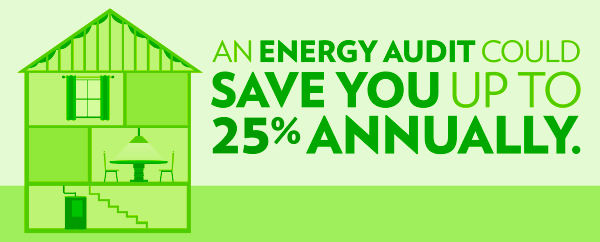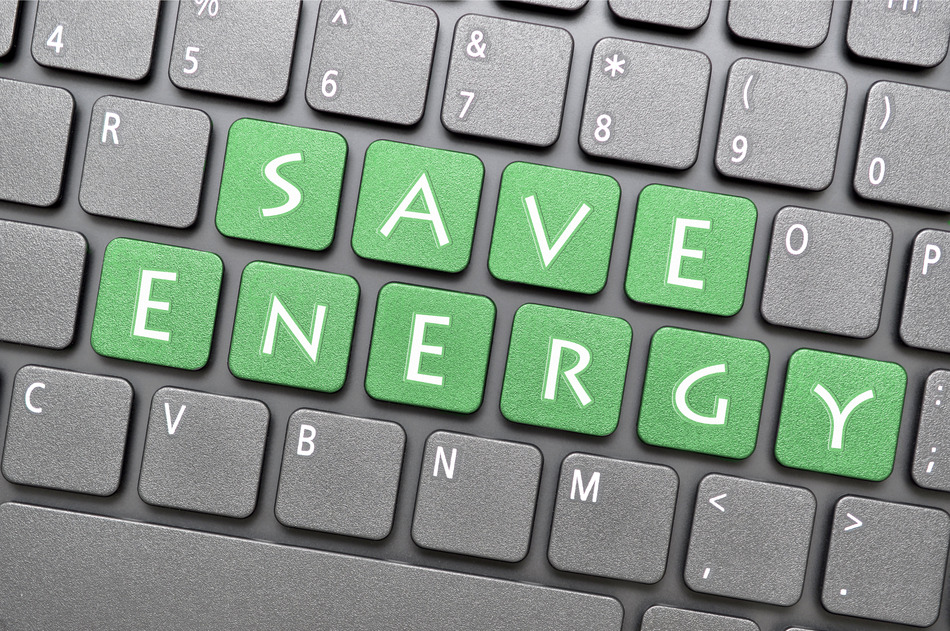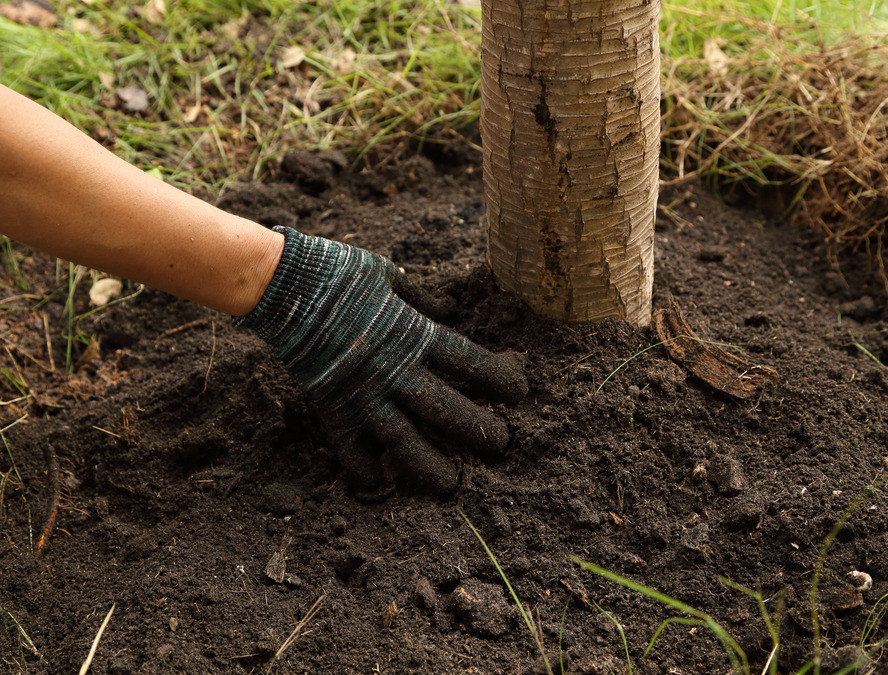Trying to convince someone to save energy requires a bit of due diligence — we’ll show you how to win that argument every time.
If you’re trying to convince your partner to save energy, you may be facing an uphill battle.
That’s because debating it is about as much fun as watching your electric meter spin. In addition, your other half probably thinks adding energy-saving features costs too much and isn’t worth the effort.
So how do you make a dent in that ironclad reluctance?
Step #1: Do Your Homework
“The best way to minimize disagreements is with research and proof,” says Sandy Arons. She should know. As a financial counselor, it’s her job to assess the nuances of everyday costs, including home maintenance and repair.
Knowing her spouse wasn’t keen on spending for energy upgrades on their relatively new 17-year-old house, Arons gathered data to prove they could save money.

The heart and soul of her data crunch was an energy audit provided free by her local utility company. An audit shows:
- Where you’re wasting energy
- How you can remedy problems
- Your probable cost savings if you upgrade
Many utility companies offer a free home energy profile as an online service at their website or via an in-person visit from an energy expert.
You can also use calculators at government-supported websites, such as Home Energy Saver and Energy Star.
Better yet, hire an independent pro to do an energy evaluation for about $150. Just don’t forget to factor that money into the costs of your energy upgrades.
Related:
- Professional Energy Audits: Costs and Benefits
- DIY Home Energy Audit in 6 Easy Steps
Step #2: Gathering Cost Info
Gather estimated costs for the upgrades suggested by your audit. You can get estimates at an online home improvement cost site, such as CostHelper and DIYorNot, or contact local contractors to get bids for the work.
Step #3: Figuring Payback
Compare those proposed annual energy savings against the cost of the upgrades. Your goal is to figure out payback — how long it’ll take for the energy savings to pay off the cost of the improvements.
For the Arons house, an energy audit recommended increasing the depth of attic insulation, insulating attic knee walls, and adding roof vents to get rid of hot, trapped air.
Those improvements totaled about $1,000. With her audit showing a potential annual energy saving of $300, Arons figured a payback of about three years.
She put everything in a spreadsheet and showed her husband.
“Once I did that, it was easy for my husband to agree to the upgrades,” says Arons. “And once we’re through the payback period, all the savings are gravy.”
Related: Best ways to take back your energy bills
Want an Even Stronger Argument?
Don’t forget to research federal, state, local, and utility rebates for energy upgrades and apply those to your cost savings.
For example, if you upgrade your insulation in 2013, you may be eligible for a federal tax credit of up to $500.
With a Little Help from Some Friends
“When you’re trying to convince people to try something new to save money, it’s important to go straight to the numbers,” says Andrew Schrage, co-owner of Money Crashers Personal Finance.
When Schrage tried to get his neighbors to join the energy-savings movement, he called upon a friend who had recently gotten an energy audit and installed a programmable thermostat. The friend had tracked his utility bills for several months and discovered he was getting about a 25% savings.
Armed with his friend’s paperwork and a copy of the energy audit, Schrage was able to convince his neighbors to get their own audits and see what savings they could muster.
“They didn’t even know an energy audit was available,” notes Schrage. Now, he says, those neighbors are enjoying annual energy savings of 20%.






